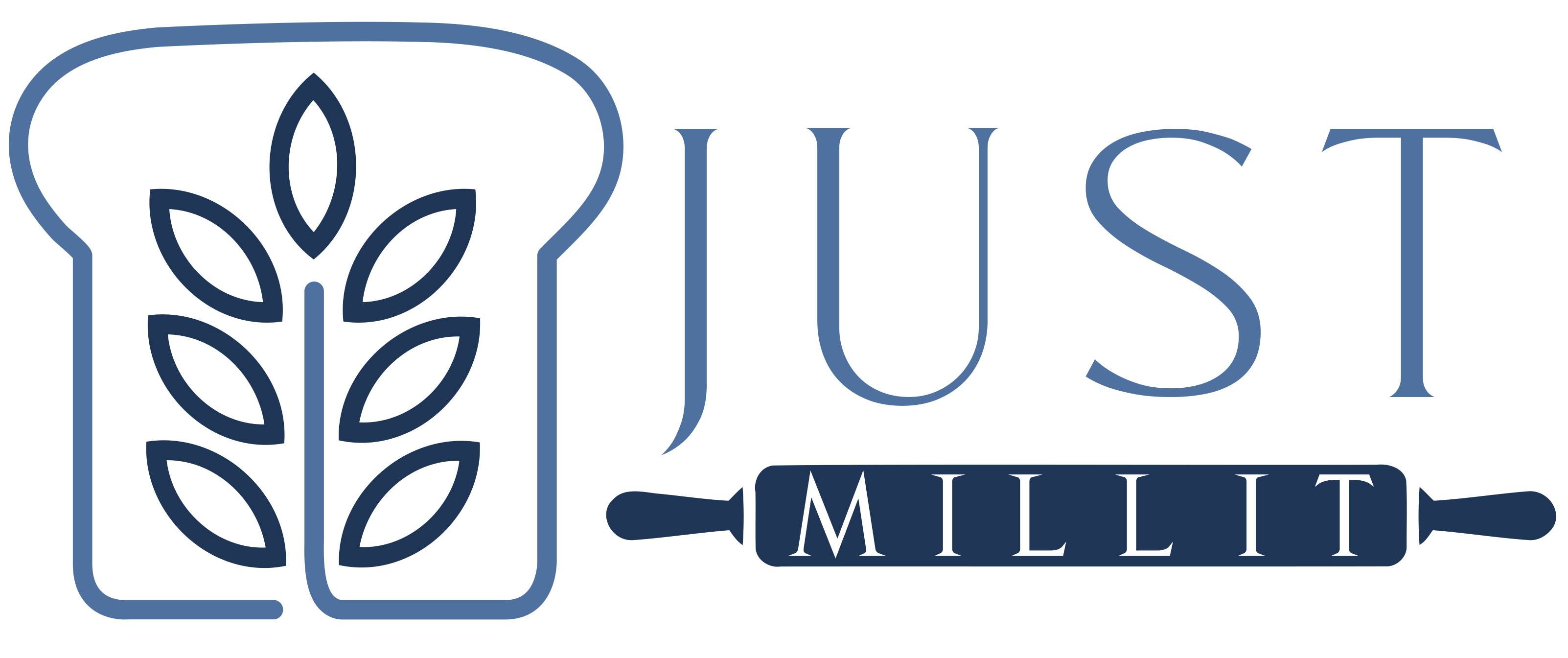Pumpernickel Whole Grain Pretzel Sticks
The magic of pumpernickel isn’t just in the rye—it’s a symphony of flavors. Picture this: rich molasses, earthy caraway seeds, and a hint of cocoa powder.
The magic of pumpernickel isn’t just in the rye—it’s a symphony of flavors. Picture this: rich molasses, earthy caraway seeds, and a hint of cocoa powder.
I finally cracked the code on making the perfect Crunchy Pretzel Sticks at home! And let me tell you, they’re not just any pretzels—they’re 100% whole grain, freshly milled goodness.
Exceptionally super soft whole wheat sandwich bread that is also strong enough to hold up. A beautifully even and soft crumb that’s moist and fluffy, and bends in half without breaking.
Ah, yeast—the magical ingredient that turns dough into fluffy, delicious bread. If you’ve ever been baffled by the yeast aisle at the store, fret not! Here’s a friendly guide to help you navigate the world of yeast options:
When it comes to baking whole grain bread, we often focus on the flour, yeast, and kneading techniques. Yet, there’s another key player that affects your loaf’s texture and flavor: the liquid. Let’s dive into the wonderful world of liquid options for your next baking adventure!
All about the high quality, organic extra virgin olive oil I use in almost everything we make and why I chose Kasandrino’s.
Learn about tangzhong and yudane, which is better, and how to use it for better bread. Learn about the quick, no wait yudane method Dr. Mel uses.
Enter to win free kitchen tools and more in our social media giveaway. Learn more.
Einkhorn bread, 100% freshly milled whole grain ancient bread – made anew!
Battle of the Ancient Grains: Spelt vs. Einkorn for Baking Whole Grain Goodness Welcome, fellow baking enthusiasts and health-conscious foodies, to a showdown of epic proportions in the world of ancient grains! Today, we’re diving into the age-old debate: Spelt vs. Einkorn — which ancient read more…
Stay up to date with the latest articles, recipes and more!
Stay in the know with all things fresh milled flour, including book updates.
